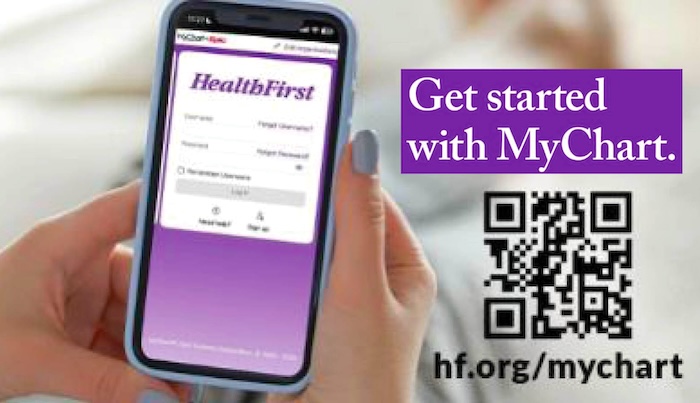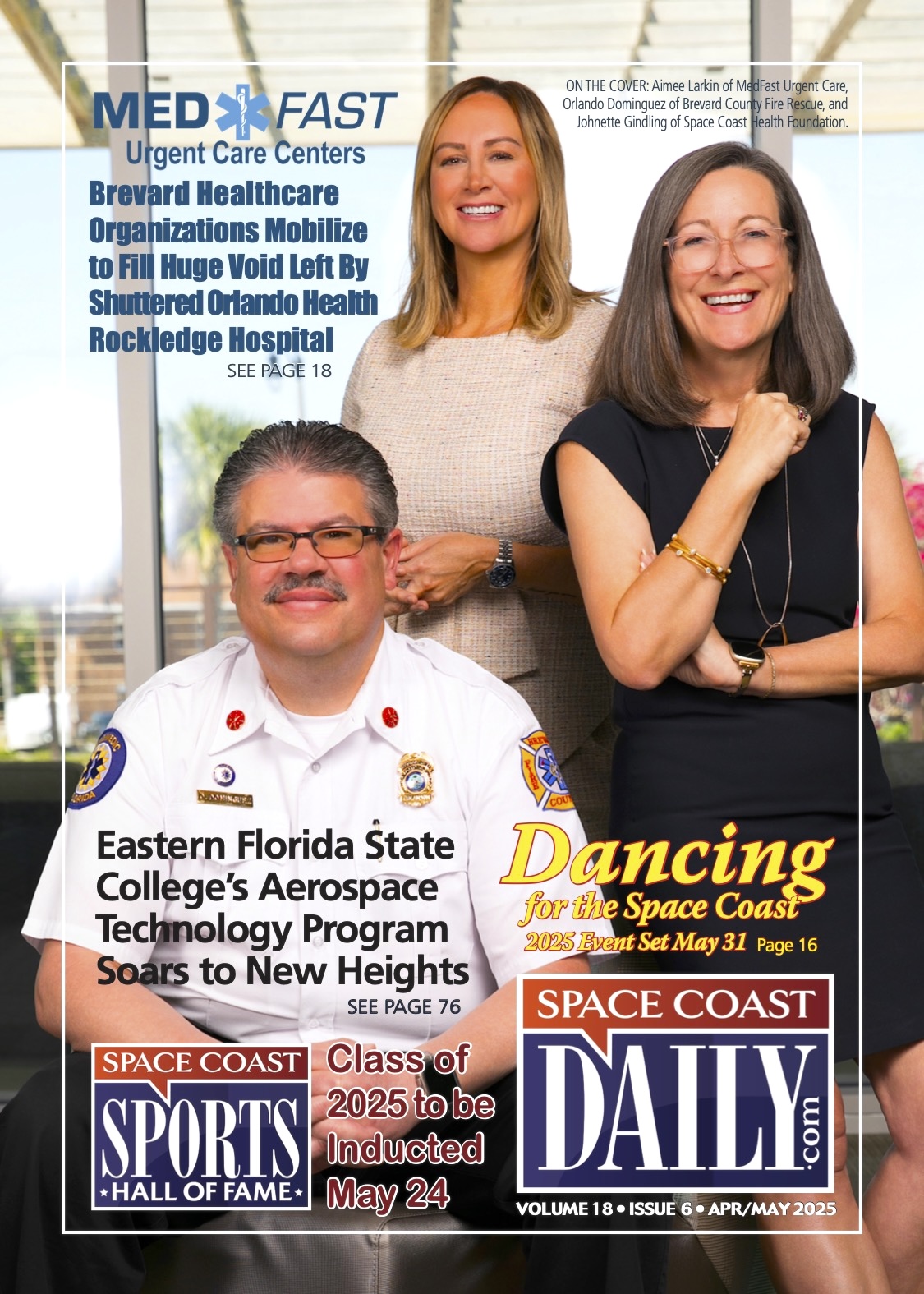Health First Provides Step-by-Step Instructions on How Each Patient’s Hospital Room is Sanitized
By Space Coast Daily // April 21, 2020
The not-for-profit healthcare system has stringent cleanliness protocols in place

BREVARD COUNTY, FLORIDA – Caring for hospital patients is about more than high-quality, compassionate care.
It’s about making certain that patients are in the cleanest, safest environment – a critical requirement in place at all four Health First hospitals even before COVID-19.
The not-for-profit healthcare system has stringent cleanliness protocols in place, following standards set by the Centers for Disease Control and Prevention (CDC), World Health Organization (WHO) and its own internal procedures as an extra layer of protection.
“The Environmental Services Division works with Infection Control to clean, sanitize and prevent cross-contamination,” said Amy Albright, Client Executive with the Hospitals Division of Sodexo Healthcare, which supplies environmental services to Health First.
“It’s our goal to provide safe, healthy environments for patients, visitors and associates.”
Sodexo’s existing personal hygiene, infection prevention controls and Personal Protective Equipment (PPE) reduce the risk of many things – including the transmission of COVID-19.
There is a seven-step standard operating procedure for cleaning each hospital room.
Dan Bowen, Vice President and Hospital Administrator for Health First’s Palm Bay Hospital, says the impact these associates have is big.
“They don’t just clean,” Bowen said. “Their job is to prevent infections and save lives.”
The process is extensive. Below is a condensed list, but know that each and every surface within a patient room is both cleaned and disinfected – from the beds to the TV remote to the windows and more.
No surface is ignored. Environmental Services associates must wear appropriate PPE and ensure the room is properly ventilated when they enter with their supply carts to begin disinfecting the room for the next patient – and also throughout the patient’s stay.

There are even stricter standards for isolation rooms, but these are the basics:
1.) Trash and linen:
▪ Remove trash liners and re-line those with waste in them. Waste is moved to appropriate refuse containers. All waste is treated as potentially infectious. Waste receptacle cleaning procedures are followed to ensure all waste receptacles are free of debris and contamination.
▪ Needle containers are replaced if three-quarters full.
▪ Empty recycling bins or remove recycling bin liners and place them in the appropriate recycling sack on the cart.
▪ Remove the pillowcase from the pillow and strip the bed:
i. Carefully loosen the linen from the corners of the bed and roll it toward the center of the bed to make a neat bundle. Handle as if there were a needle inside.
ii. Be aware of bodily fluids and the presence of needles. If needles are present, follow the local procedure for dealing with needles.
iii. If no needles are present, roll the linen into a bundle to minimize the amount of lint and dust going into the air.
▪ Remove cubical curtain as required
▪ Any unused washcloths and bath towels go into the soiled linen bag, which is removed.
2.) High dust using designated procedure:
▪ This includes adjacent rooms (i.e., restrooms)
▪ High dust everything above shoulder level or higher with an extension pole with an adjustable contour high-duster head.
3.) Damp wipe using disinfectant solution:
▪ Anything reachable should be damp wiped. All frequently touched surfaces are damp wiped with a specific procedure.
▪ Damp wipe all contact surfaces.
▪ After wet-contact time is achieved, use a dry cloth or a paper towel to polish interior and low-level glass.
▪ Use glass cleaner to wipe interior and low-level glass and any metal fittings.
▪ Start damp wiping at the door and work around the room in a circular pattern.
▪ Include wall spotting, light switches, call buttons, telephones, wall moldings, dispensers, window sills and furniture.
▪ Cleaning beds: Pillows are damp wiped, as are headboards, footboards, mattresses, bed frames, bedrails, bed casters and over-bed tables.
▪ Bedside stand: Drawers are emptied, removed and thoroughly cleaned. Damp wipe the top, front, sides and inside.
▪ Disinfect phone: Special attention to wiping ear and mouthpiece
▪ Windows are damp cleaned.
4.) Clean restroom:
▪ Thoroughly clean restroom and any fixtures, using restroom cleaning procedure.
▪ Start at the door and end with the toilet.
▪ Use the bowl mop for only the inside of the toilet and wipe the outside with a disinfectant damp wiper.
▪ Do not use the cleaning wiper on any other surface after cleaning the toilet. Immediately place soiled wiper into disposal bag.
5.) Dust mop:
▪ Dust mop entire floor
▪ Dust behind all furniture and doors; move whatever is possible
6.) Damp mop:
▪ Damp mop the entire floor following procedure.
▪ Start with the corner farthest from the door and work your way out.
▪ Mop out corners to prevent buildup.
7.) Final check:
▪ Surfaces are visibly cleaned and properly disinfected. The room will not show any fluorescent indicator if inspected using the black light.
▪ Upon exiting room, take off and dispose of PPE according to facility guidelines.
▪ Thoroughly wash hands
▪ Obtain clean linen from the linen closet
▪ Make the bed, if required
▪ Hang clean cubicle curtain as required
▪ If room is carpeted, vacuum and check for spots.

CLICK HERE FOR BREVARD COUNTY NEWS














